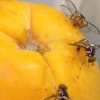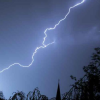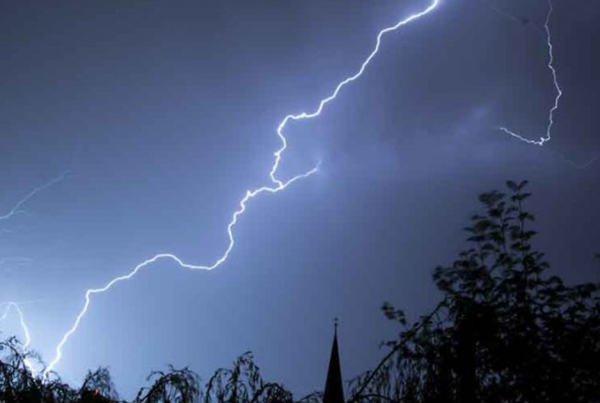
Have you ever found yourself wondering if the trees in your property are healthy and safe for the kids to play under? It’s not uncommon to find different varieties of trees in many residential properties. Trees can add beauty to the landscape. They enhance the ambiance, provide shade from the afternoon sun, and most importantly, add value to your property.
But how much do you really know about maintaining and taking care of trees?
You may find this surprising, but a lot of homeowners who have trees in their property don’t actually know the first thing about tree care and maintenance. Some of them will say they know enough, but do they really? How do you know what is true and what’s merely a myth?
Here are some of the most common misconceptions about tree maintenance you should know about. Hopefully, you can use this information to avoid doing more harm than good to your trees. Let’s jump right in, shall we?
Tree Care Myths and Misconceptions
Flush Cutting Is Ideal When Severing A Branch In Order To Optimize The Healing Process
Here’s the first thing you need to know about trees: they’re not like people. When trees sustain wounds, they don’t heal in the conventional sense. Trees don’t regenerate tissues to heal their wounds as humans do.
- Instead, trees go through a process of compartmentalization. They generate what is known as woundwood over and around the area of the wound.
Flush cutting is a pruning process that gets rid of the branch collar, resulting in a much larger wound in comparison to simply cutting off the branch outside the collar.
Fact: Flush cutting is not recommended as a pruning technique. It can increase the chance of pathogens worming their way into the tree, rather than optimize its healing.
Staking Newly Planted Trees Ensures The Development of a Strong Trunk and Root System
In some cases, it is necessary to stake a newly planted tree so that it stays upright and its root system firmly establishes underground. However, you need to realize that this has several adverse effects.
- If staking is necessary, the tree should be given enough room for roots and trunk development.
- Furthermore, the staking materials, such as the wires and ties, should be removed after about a year to avoid girdling.
Fact: A number of studies have shown that newly planted trees that weren’t staked tend to develop a more stable and extensive root system as well as better trunk taper. Trunk damage due to staking materials is a common side effect of improper staking.
Newly Planted Trees Should Be Pruned Back Heavily To Counteract Root Loss
One of the most common reasons why some experts recommend heavy pruning on newly planted trees is to minimize the amount of water that dissipates from the leaves.
- Although there is some truth to this, it should be noted that trees require a full crown to quickly generate the much needed nutrients they need to induce root development.
Fact: Trees develop better and establish a more extensive root system when they have a fuller crown. It is best to limit pruning to structural training purposes, as well as to the removal of dead or damaged branches.
It Is Best To Use Tree Wrap On Newly Planted Trees To Prevent Sunscald and Insect Infestation
Admittedly, there is some debate going on in the community about the validity of using tree wraps to protect the trunk of newly planted trees. Sunscald is a common occurrence on barks of trees that are exposed to extreme temperatures. It usually appears on the south or southwest side of young trees.
However, studies on the matter have shown that most commercial tree wraps are not that effective in preventing bark damage.
- In certain cases, the damage on the bark is even worse when tree wraps are used.
- Also, using tree wraps to keep insects out has proven to be ineffective.
- As a matter of fact, some insect species even like to burrow under the wrapping material.
Fact: If you want to protect your trees from extreme fluctuations in temperature, consulting with a Certified Arborist is your best course of action.











